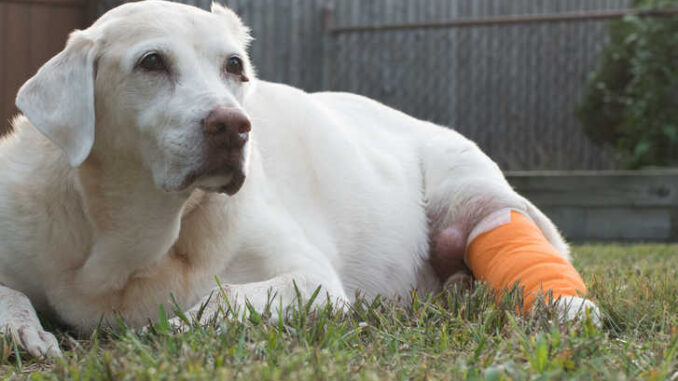
This article was updated on December 12th, 2022
Just this past week, I cared for a dog who was recovering from a large mast cell tumor removal on her leg. Unfortunately, the tumor was unable to be completely removed because it had spread too far up her leg. After surgery, she experienced significant complications from the degranulation of the tumor. We were unable to stabilize her after surgery, and her family made the extremely hard decision to say goodbye. It was a tragic ending for all of us, but we did all that we could for her, and her family knew they had tried everything.
My story is a sad one, but our surgeons remove mast cell tumors from dogs weekly who recover without a hitch. One of our nurses had to remove a mast cell tumor from his dog’s ear and his dog handled the surgery extremely well. You could barely even tell he had a part of his ear removed. Today, he’s back to swimming and doing his favorite activities.
As an emergency veterinarian, I am not typically the doctor diagnosing the patients, but I do care for a fair amount of dogs with mast cell tumors. These dogs are under my care either because they are recovering from surgery to remove the tumors, or they are experiencing complications from their tumors.
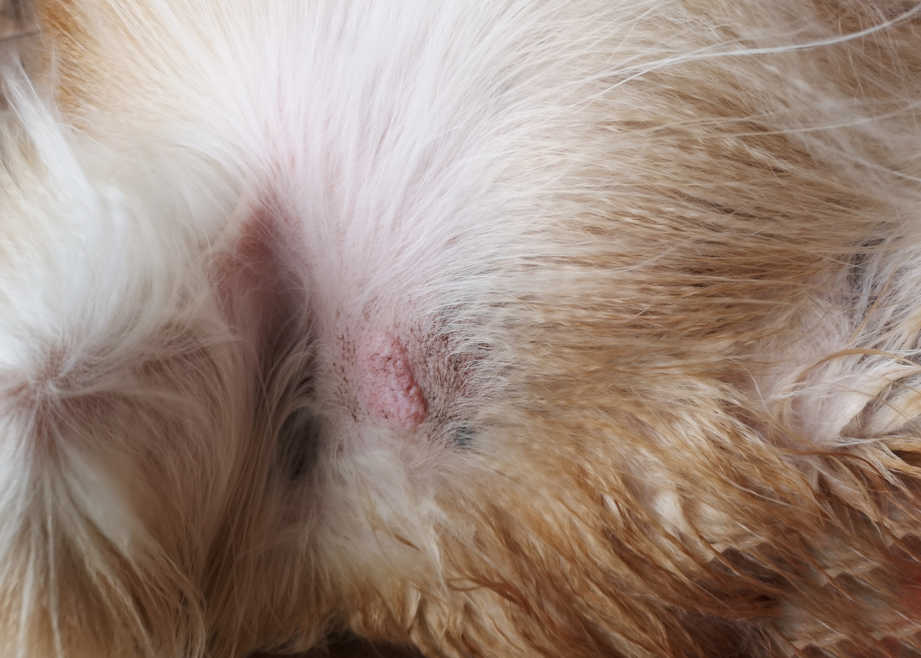
What is the Survival Rate & Life Expectancy (by Mast Cell Tumor Stage)
The survival rate for dogs with mast cell tumors depends on the grade:
- Low-grade: The prognosis for low-grade mast cell tumors with complete excision is very good. Up to 90-100% may never recur again and median survival time has been reported of over 2000 days. If there is incomplete excision or local recurrence, radiation therapy can do an excellent job at providing local control.
- High-grade: High-grade mast cell tumors are aggressive and more likely to metastasize. With surgery alone, the median survival time is 6 months. With surgery and chemotherapy, many dogs can live up to 1 year. One study found that with surgery and radiation therapy, dogs were able to live up to 20 months.
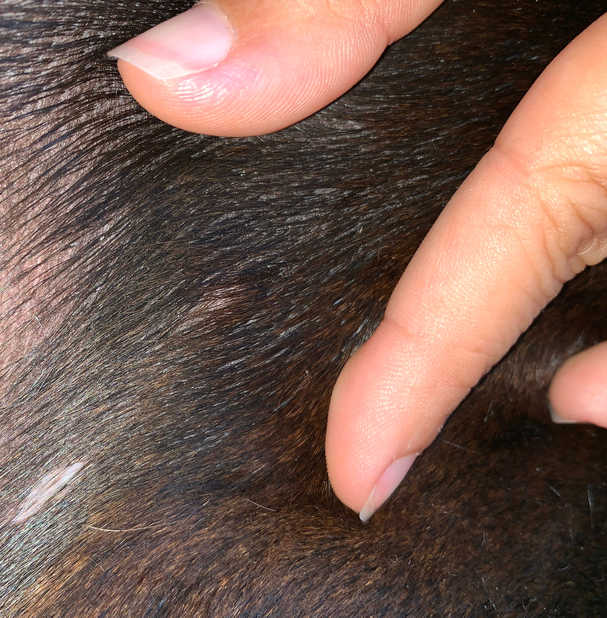
Factors that affect outcome and longevity are:
- Grade of tumor – Grade III is the worst with the shortest median survival time – reported median survival time is 3.6 months, Grade II disease often carries a median survival time of up to 2 years
- Location – Tumors in the mucosal regions have a worse prognosis – – dogs with lesions in these areas have a median survival time of less than 6 months.
- Evidence of metastatic disease – dogs with a systemic spread will not live as long as dogs with localized disease
- Dogs with Stage I disease can be anywhere from 8 months to a year depending on the Grade
- Dogs with Stage IV disease may have a median survival time of 15 days
- Evidence of systemic illness – dogs facing complications of their disease, or those that feel unwell may not survive as long as dogs with localized disease
- Incomplete tumor removal – being unable to completely remove the tumor will leave residual tumors cells, increasing the likelihood of spread, poor healing, and systemic complications – in these cases, radiation is often recommended and the median survival can be up to 28 months
- A high mitotic index carries a worse prognosis – these tumors are more aggressive and likely to metastasize. With mitotic index >5, the median survival time is 5 months with Grade II tumors and <2 months with Grade III tumors.
Can Dogs Survive a Mast Cell Tumor Without Treatment?
Many dogs can survive with mast cell tumors for some time without treatment. Low-grade mast cell tumors can take long periods to grow or spread. Generally, they will grow in size or local complications will develop like pain, infection, bleeding, or ulceration. These complications will affect the quality of life, and treatments will be needed.
High-grade mast cell tumors are much more aggressive and, without treatment, the prognosis is poor. Life expectancy without surgery may only be a few weeks to months depending on the severity of the tumor.
What are the Different Grades and Stages of Mast Cell Tumors?
The grading of mast cell tumors is determined by the microscopic appearance of the tumor and is designed to predict how the tumor will behave. Mast cell tumors are graded using two systems: the Patnaik system and the Kiupel 2-tier grading system.
3 Grades of the Patnaik system:
- Grade I – well-differentiated cells that appear like normal mast cells
- Grade II – moderately differentiated cells and the tumors could have minor abnormalities when compared to normal mast cells. This grade can also invade into deeper fascial planes.
- Grade III – poorly-differentiated tumors that are quite invasive and aggressive.
Kiupel 2-tier grading system:
- Low-grade: minimal mitotic figures and nuclear changes
- High-grade: mitotic index of >7 with abnormal nuclei
Grading helps determine prognosis, aggressive behavior, and whether or not local treatment will be sufficient. Grade II-III or high-grade tumors have a worse prognosis.
Staging of the tumor refers to whether or not the tumor has already metastasized. There are four stages of mast cell tumors:
- Stage 0: A single skin tumor that has been incompletely removed without invasion of the lymph node
- Stage 1: A single tumor on the skin without lymph node invasion
- Stage 2: A single tumor on the skin, invading the lymph node
- Stage 3: Multiple skin tumors or infiltrating tumors that may or may not involve the lymph node
- Stage 4: Any tumor with distant metastatic disease to other parts of the body
- Substage A: No clinical signs of metastatic disease
- Substage B: Clinical signs of metastatic disease such as vomiting or diarrhea
Staging helps determine if treatment should be focused locally or if the entire body should be incorporated into the treatment plan.
How Will a Mast Cell Tumor Affect My Dog?
Many times mast cell tumors go completely unnoticed. They appear as little bumps on the skin and do not raise concern until they progress. These bumps can remain small while others can grow in size dramatically. The tumors can swell, bleed, become ulcerated, or even be infected.
There is a significant concern about the spread of these tumors to other parts of the body like the liver, spleen, lymph nodes, or bone marrow. These tumors contain inflammatory mediators like histamine. If they degranulate, serious systemic illness can occur. Essentially, these tumors can cause an anaphylactic reaction which can be life-threatening in dogs.
Metastatic mast cell tumors can cause impaired organ function, fluid build-up in the abdomen, gastric ulceration, or general feelings of malaise.
How Will the Vet Treat a Mast Cell Tumor?
First, a vet must diagnose your dog with a mast cell tumor. This is done by performing a fine needle aspirate of a suspicious lump on your dog. The sample collected is observed under a microscope. Mast cell tumors have a very characteristic appearance that is easily recognized but still requires confirmation by a veterinary pathologist.
Once your veterinarian receives the cytology results of the aspirate, they will discuss various options with you for removal.
If amendable, surgical excision is always preferable. This is a way to remove all local disease and can potentially be curative with low-grade tumors. If the tumor is in a region that is not amenable to surgery, your veterinarian may discuss shrinking the tumor either with chemotherapy or radiation. They will likely refer you to a specialty hospital with a veterinary oncologist.
Once the tumor is removed, it will be sent off for histopathology. The pathologist will grade the tumor and determine if it has been completely excised. Due to the ability of mast cell tumors to infiltrate and spread through the skin, wide margins during surgery are always recommended.
Low-grade tumors that have not spread can be treated and potentially cured surgically. Many will not come back after they are excised. High-grade tumors most often require surgical removal and chemotherapy.
Choosing a type of treatment is ultimately at the discretion of the pet owner and focused on what will benefit the patient the most.
How Can I Make My Dog’s Life Better if My Dog Has a Mast Cell Tumor?
Dogs with low-grade, localized tumors will likely be unaware that they have cancer at all. Most will behave normally and can live a normal dog life. It is important not to allow them to lick or chew their tumors as they can often become itchy. Traumatizing the tumor can lead to degranulation and anaphylaxis. If tumors become infected or painful, you should consider removal or discuss treatment with your veterinarian to alleviate these complications.
Dogs with aggressive or metastatic mast cell tumors may have limited time. They will often need to be treated with anti-histamine medication and potentially steroids to reduce the risk of anaphylaxis. Antacids will be prescribed to reduce the likelihood of gastric ulceration.
Your veterinarian will work hard to provide palliative options to keep your dog as comfortable as possible. These options may include pain medication, especially if they have masses causing discomfort. Anti-nausea medications and appetite stimulants will be used to encourage good nutritional intake. Antibiotics can be administered to keep infections at bay.
As pet owners, our job is to keep our pets as comfortable and happy as possible. Make sure they have a comfortable place to rest. Allow them to dictate their own exercise. Some dogs will still have great energy levels, while others may get tired more easily. Provide them with things they enjoy like their favorite toys and treats. Entice them to eat if they are no longer interested in their dog food with pet-safe foods like chicken, ground beef, turkey, eggs, and salmon.
FAQs
Are Mast Cell Tumors Painful for Dogs?
Yes and no. Many mast cell tumors go unnoticed until they grow in size. They can release histamine and cause an itchy sensation. Tumors that grow in size, bleed, or become ulcerated can be very painful.
How Fast Do Mast Cell Tumors Spread in Dogs?
The rate of spread is determined by the grade of the mast cell tumor. Low-grade tumors either will not spread or can spread slowly if not surgically removed. High-grade tumors are more likely to spread, with grade III tumors spreading to distant areas of the body quickly. This is why surgical excision and chemotherapy are recommended.
Are Mast Cell Tumors Fatal for Dogs?
Mast cell tumors can be fatal to dogs if left untreated. Dogs with surgically excised low-grade tumors may never experience a recurrence of the disease. Unfortunately, dogs with high-grade tumors are likely to experience complications or metastasis that can shorten their life span. Tumors that degranulate can cause life-threatening complications from anaphylaxis.
What Should I Feed My Dog with a Mast Cell Tumor?
Ensure your dog is well-fed and provided an appropriate well-balanced diet. Dogs with cancer have higher metabolic demands and are more likely to lose weight and muscle mass. This is why good nutrition is key. Dogs with aggressive diseases or those undergoing chemotherapy may be unwilling to eat. You should entice them with pet-safe yummy foods or discuss an appetite stimulant with your veterinarian.
Where Do Mast Cell Tumors Metastasize in Dogs?
The most common sites for metastasis are the liver, spleen, lymph nodes, and bone marrow. This is why staging is so important to evaluate for tumor spread.
How Big Are Mast Cell Tumors in Dogs?
Mast cell tumors can range in size. Some are extremely small and barely noticeable while others can quickly grow in size and infiltrate into the surrounding tissues.
Sources:
- https://www.ncbi.nlm.nih.gov/pmc/articles/PMC7337164/
- http://www.ijvm.org.il/sites/default/files/dank.pdf
- https://www.cliniciansbrief.com/article/diagnosis-management-canine-mast-cell-tumors
- https://www.dvm360.com/view/take-5-key-points-managing-cutaneous-mast-cell-tumors-dogs
- https://journals.sagepub.com/doi/pdf/10.1354/vp.44-3-335
- https://onlinelibrary.wiley.com/doi/abs/10.1111/vco.12565
- https://journals.sagepub.com/doi/10.1177/0300985817747325
- https://www.marvistavet.com/mast-cell-tumors.pml
Related Articles About Mast Cell Tumors:

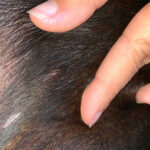

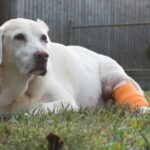

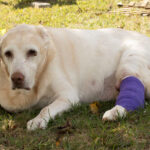
Disclaimer: This website's content is not a substitute for veterinary care. Always consult with your veterinarian for healthcare decisions. Read More.



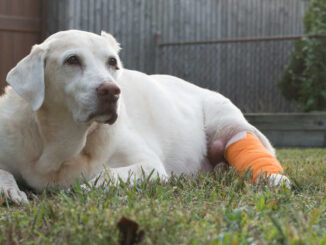
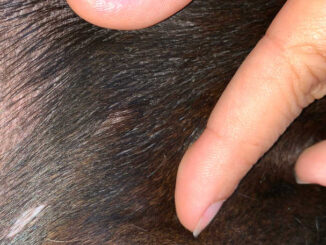
Thank you for this informative post! It’s so hard to hear the word “tumor” when it comes to our furry friends. Your insights on the various factors that influence life expectancy are really helpful. I appreciate the emphasis on treatment options and maintaining a good quality of life for our dogs. It gives me hope and courage to explore all possible avenues for my pup.
Thank you for shedding light on such an important topic. It’s heartbreaking to think about a pet’s health, and this post really helped me understand the potential outcomes. I appreciate the insights from the vet and feel more prepared to discuss options with my own dog’s care team.
Thank you for sharing this important information. It’s heartbreaking to see our pets suffer, and understanding their prognosis helps us prepare for the journey ahead. I appreciate the insights from the vet—it gives me hope and clarity on how to best care for my dog during this time.
Thank you for sharing such valuable insights! It’s heart-wrenching to think about the impact of mast cell tumors on our furry friends. I appreciate the vet’s perspective and advice on managing this condition. I’m worried about my own dog, and this post has given me some clarity on what to expect and how to support him during this time.
Thank you for sharing such valuable insights! It’s heartbreaking to think about our furry friends facing health challenges like mast cell tumors. Understanding their life expectancy helps us cherish every moment with them. I appreciate the vet’s perspective and the guidance on treatment options. Wishing everyone dealing with this tough situation the best!
Thank you for this informative post! It’s heartbreaking to hear about dogs with mast cell tumors, and understanding their life expectancy helps. I appreciate the insights from the vet and the emphasis on individualized care. My pup was recently diagnosed, and knowing what to expect gives us some peace as we navigate this journey.